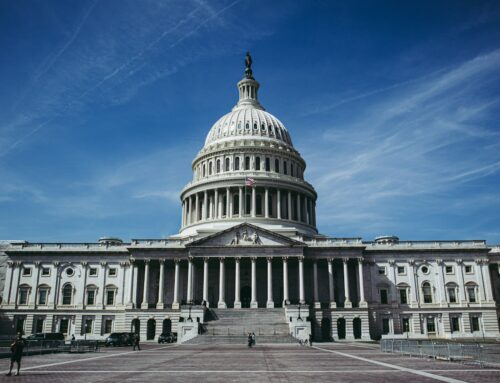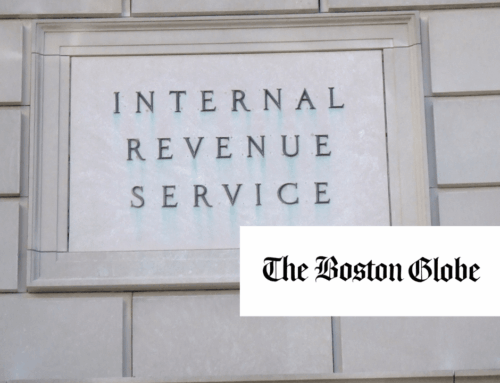One thing the border wall fight has not shut down is Congress’s desire to harvest federal cash for farming and ranching businesses, by hook or by crook. Case in point: Wednesday’s House adoption of a $14 billion supplemental disaster spending bill. After going five years without an “emergency” spending package for agriculture, Congress is now on track to adopt two in less than 12 months. While partisan positioning on the border wall and shutdown keeps delaying this particular bill, the seeds are planted for bipartisan evisceration of common sense federal farm policy.
Don’t let the 237-187 vote fool you. H.R. 268, introduced by House Democrats, was nearly identical to the supplemental spending bill Republicans passed last December. Democrats tacked on some additional spending for the SNAP program in Puerto Rico and Rural Development Grants. But the main difference was that partisan messaging provisions were inverted, resulting in poison pills for each side, and failed bills as a result.
Why Previous Bills Failed
Quick refresher: Back in December, at the eleventh hour GOP leaders took their Omnibus spending bill, which contained a supplemental disaster bill, and inserted $5.7 billion in “emergency” spending for physical barriers at borders (aka, the wall). Senate Democrats objected, and unsurprisingly, the bill died in the Senate, and the government shut down. This time, hours before the House considered the bill, Democratic Leaders inserted a provision providing funding to reopen shuttered agencies through February 8th and agreed to let the House vote on a provision, which it adopted, prohibiting funding “to plan, develop, or construct a new physical barrier along the Southwest border.” This time, Republicans objected, and the bill was dead on arrival in the Senate. And the government stays shut down.
But the noise and partisan rancor papers over the agreement on the farm business subsidy portion of the bill where the two bills are nearly identical.
Democrats proposed $1,105,442,000 in deficit-financed “emergency” aid to cover agricultural losses due to hurricanes and wildfires that occurred in 2018 – the exact dollar amount proposed in the December bill. A bipartisan group of Members lobbied to increase this, and the House agreed, resulting in a final tally of just over $3.0 billion. The bill expands those eligible for aid to explicitly include businesses that lost poultry, livestock, milk, and private forests. It even reaches back to last February’s emergency spending bill for 2017 hurricanes and wildfires and retroactively makes eligible “losses of peach and blueberry crops in calendar year 2017 due to extreme cold.” The similarities – as you can see in our chart – are uncanny. Also expensive, and at the taxpayer’s expense.
Next Bill, Same As The First
The federal government has amassed a $22 trillion debt and is approaching annual trillion-dollar operating deficits because lawmakers refuse to set priorities and live within our budgetary means. The supplemental continues this trend. Lawmakers just concluded a pitched years-long battle over an $867 billion farm bill. One in which supporters of a failed effort to reform nutrition programs claimed they wanted to decrease dependency on Washington by increasing personal responsibility. This while those members refused to even debate modest reforms to farm business income subsidy programs. Claiming it too dangerous to risk reforming programs that had eliminated the need for ad hoc disaster aid.
The ink isn’t even dry on the 2018 farm bill, but the supplemental rips the veneer off this charade.
This bill will unlock $3.0 billion in income subsidies for agricultural businesses. This is not money to rebuild roads, provide temporary shelter, or anything similar. This is in addition to $2.6 billion passed last February and the more than $9 billion in income subsidy checks scheduled to be cut for damages from the trade war. And farm businesses can receive it even if they chose to not buy crop insurance when it was available.
Crop(ped) Insurance
More galling is the bill’s hostility toward crop insurance as a means of having farm businesses shoulder even a little bit of the financial burden of their financial safety net. In case you’ve forgotten, under federally subsidized crop insurance, farming and ranching businesses can buy policies that pay out if in a given year they fail to produce as much crop or revenue from that crop as they hoped. And on average they only pay for about 40 percent of the premium cost, with the federal taxpayer picking up the remainder.
But this apparently isn’t enough. A new provision would enable the “emergency” aid to cover the farmers’ portion of crop insurance premiums. Both future and previous.
So much for crop insurance negating the need for ad hoc aid. So much for personal responsibility.
Ironically USDA can’t implement changes made by the 2018 farm bill as long as they are locked out of their offices. Yet Congressional expansion of agricultural income entitlements continues. Replacing a cost-shared program with “free” money from Washington is costly, irresponsible, and insulting. The end result is the supplemental is a threat to efforts toward creating a cost-effective safety net we can afford.











Get Social